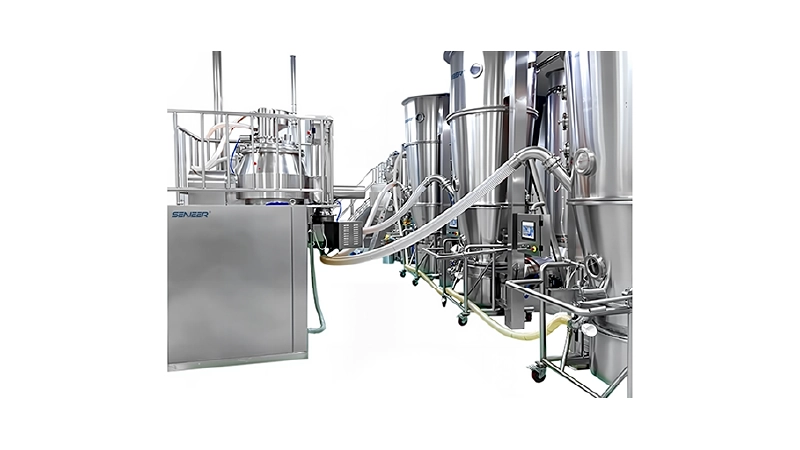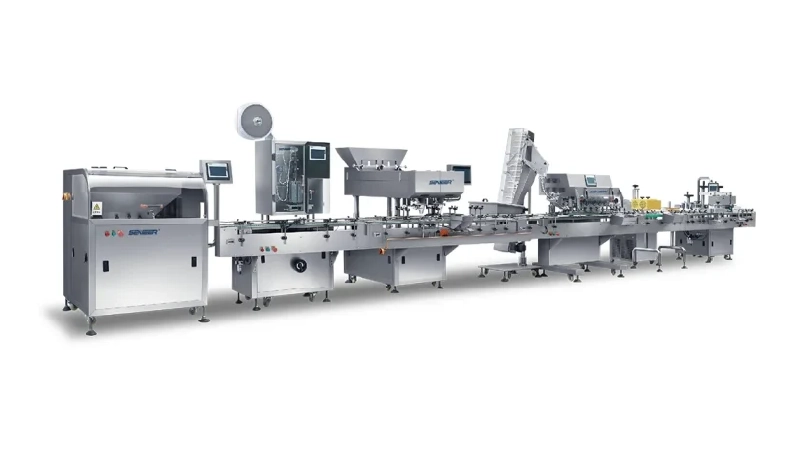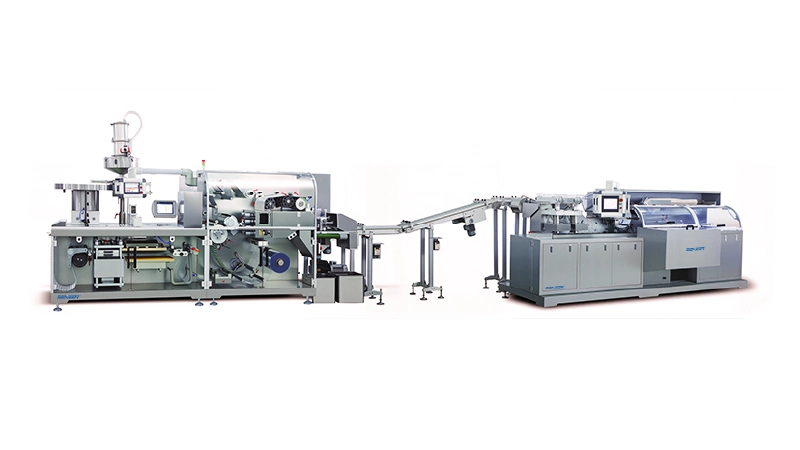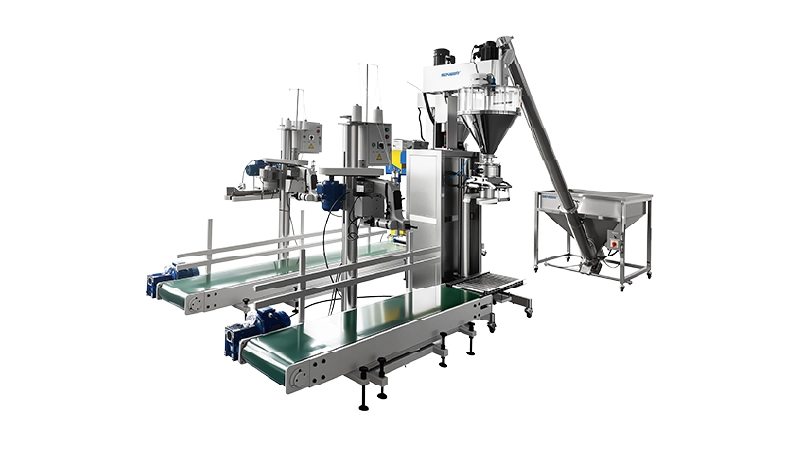The Issue Of Tablet Capping And Its Resolution
In tablet formulation, the term “capping” refers to a tablet failure break that happens soon after compression during the breakage force .
Capping is a manufacturing error that should be caught at the stage of development, however the issue is frequently discovered during production. Many parameters, including as powder mix qualities, material deformation features, and the mechanical arrangement of the tablet press and tooling, can all lead to capping.
Capping is the process of removing of the tablet’s edges from the main body of the tablet.
Powder permeability is a critical feature that influences the tableting process. Encapsulated air in the powder blend lowers inter-particulate bonding and ultimate tablet tensile strength, resulting in tablet problems such as capping. A increased permeability means reduced air trapping and smaller tablet flaws during the tableting process.
CAUSES OF CAPPING
Tablet capping is a flaw that can occur for a variety of causes. Capping can occur for a variety of causes, the most common of which are as follows:
- Problems with Formulation
- Problems with Machines
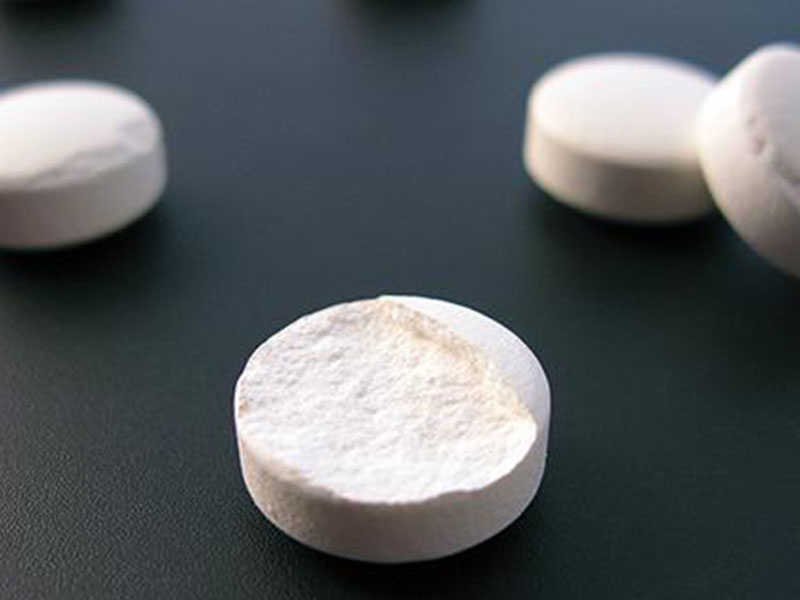
Problems With Formulation
Following formulation, associated issues may result in pill capping.
- Binder Quantity
- Moisture Level
- Size of Grain
- Fine percentage
- Lubricant
Tablet Capping For Machine-Related Reasons
Aside from manufacturing issues, tablet capping is caused by the compression machine and its equipment. The following are some machine and tooling-related causes of capping.
- Machine Rate
- Entrapment of Air
- Condition of Punches and Dies
- Upper punch penetration
Resolving Capping Concerns In Tablet Production
- Features Of The Blend
Producers can identify a potential capping issue by assessing a formulation’s permeability, which is a critical feature affecting the tableting procedure. Entrapped air in a powder blend can diminish interparticle binding as well as the terminal tensile strength of the tablet, both of which can result in tablet defects such as capping. When the permeability of a formulation is high, less air entrapment occurs during tableting, leading to fewer tablet flaws.
A lab-scale powder rheometer can be used to perform permeability studies. A powder rheometer detects the resistance of a powder to airflow. Air is moved through the powder bed via a vented piston under a range of applied normal stresses.
- The Fundamental Compression Force
Capping can be reduced by lowering the main compression force. When a tablet achieves its maximum compactibility, more compression force has no effect on its strength. Excess compression force, on the other hand, might weaken interparticle bonding and produce capping. In that scenario, lowering the compression force may resolve the capping problem.
- Configuration Of The Tablet Press
By altering tablet press settings such as precompression force, punch penetration, main compression force, and turret speed, you can solve capping without modifying the formulations.
The force of precompression. Precompression, also known as de-aeration, is a compression phase that occurs prior to the primary compression event that results in the final compacted tablet. You can use precompression force to consolidate particles and release entrapped air without forming a link between them. The general guideline is that precompression force should be 10% of primary compression force, but this guideline does not always hold true.
Because different pharmaceutical materials consolidate differently, the optimal precompression force differs greatly based on the material.
A small precompression force allows air to be removed here between granules, lowering the capping potential. However, the amount of precompression force is crucial, as too much force can promote capping.
By manually turning the turret while providing only precompression force, you may figure out the right quantity of precompression force. When the compact is ejected, this should appear to be a complete tablet, but when squeezed with your fingers, it should disintegrate back into the original components. This indicates that the molecules have not bound together but are instead consolidated and tightly packed.
Punching through. The punch penetration regulates how high the tablet is squeezed in the die bore. Because air leaks between the upper punch tip and the die during compression, less punch penetration limits the distance the air must go to escape and so decreases capping possibility.
- Turret Velocity
Capping may be reduced by reducing the turret speed of the tablet press. On a small R&D press, you may reach an appropriate tablet strength, however when you move to manufacturing size, the press may employ an increased compression rate or a shorter dwell time. If the formulation is strain-rate sensitive, compression speed will affect the toughness of the tablet. Slower turret speeds are required for such compositions.
- Configuration Of Tools
To decrease tablet capping, you can also change the tooling, such as employing tapered dies or redesigning the punch heads.
- Tapered Dies
A tapered die enables for a faster clearance of air from the die cavity. The inner die cavity tapers outward toward the die’s top, allowing greater capacity for air to escape. To use this feature, set the punch penetration so that the tablet is squeezed in the tapered area.






